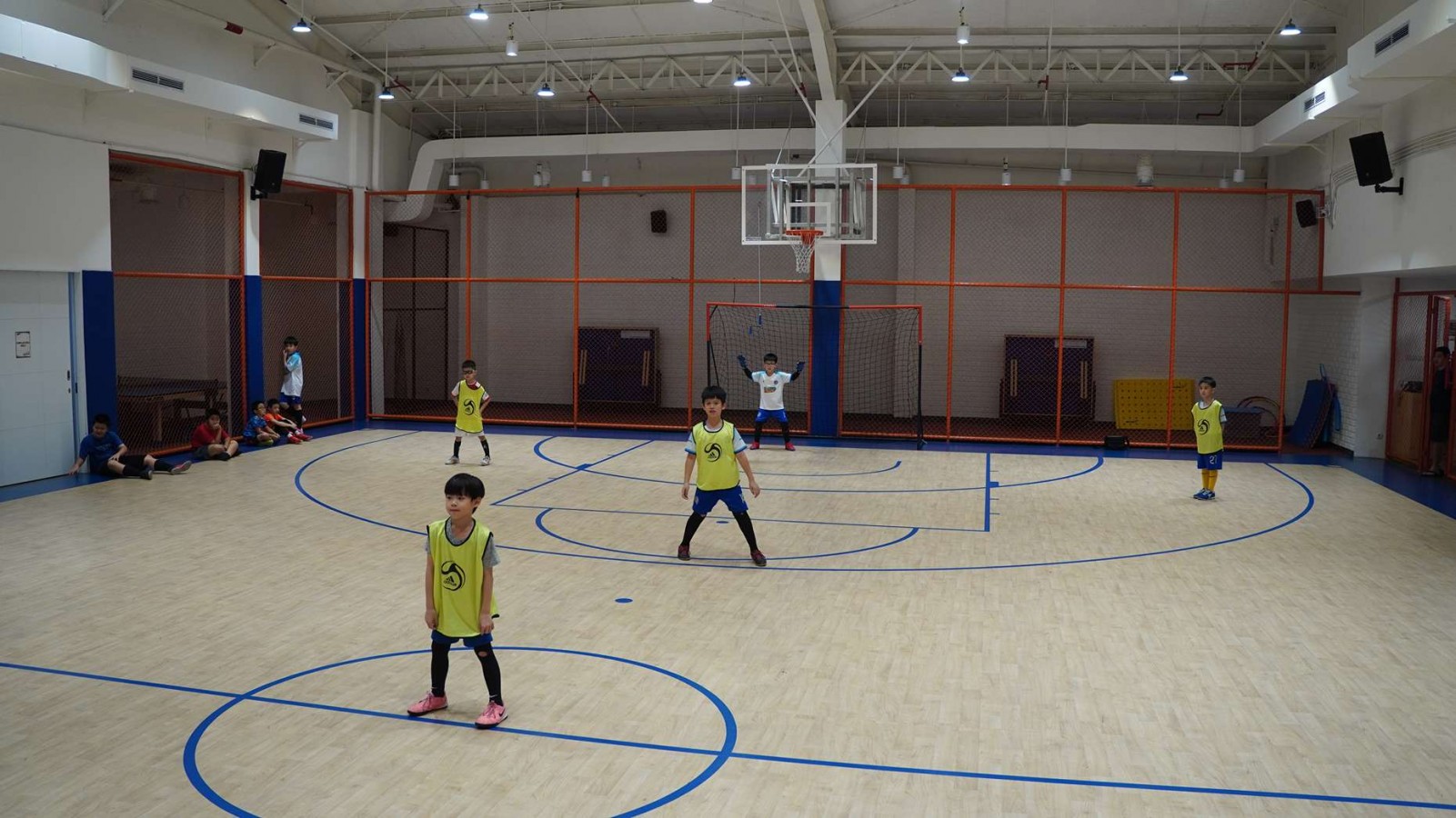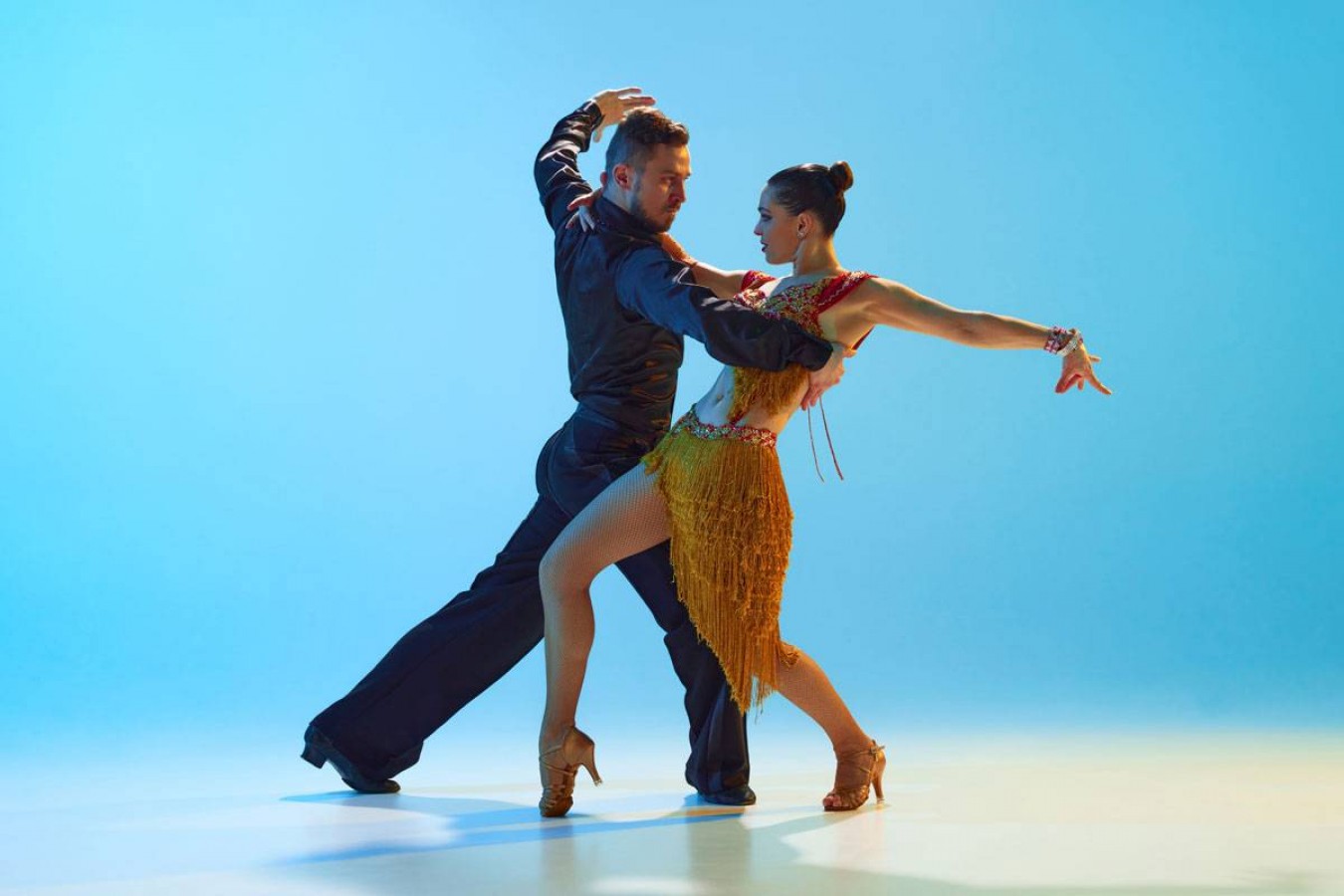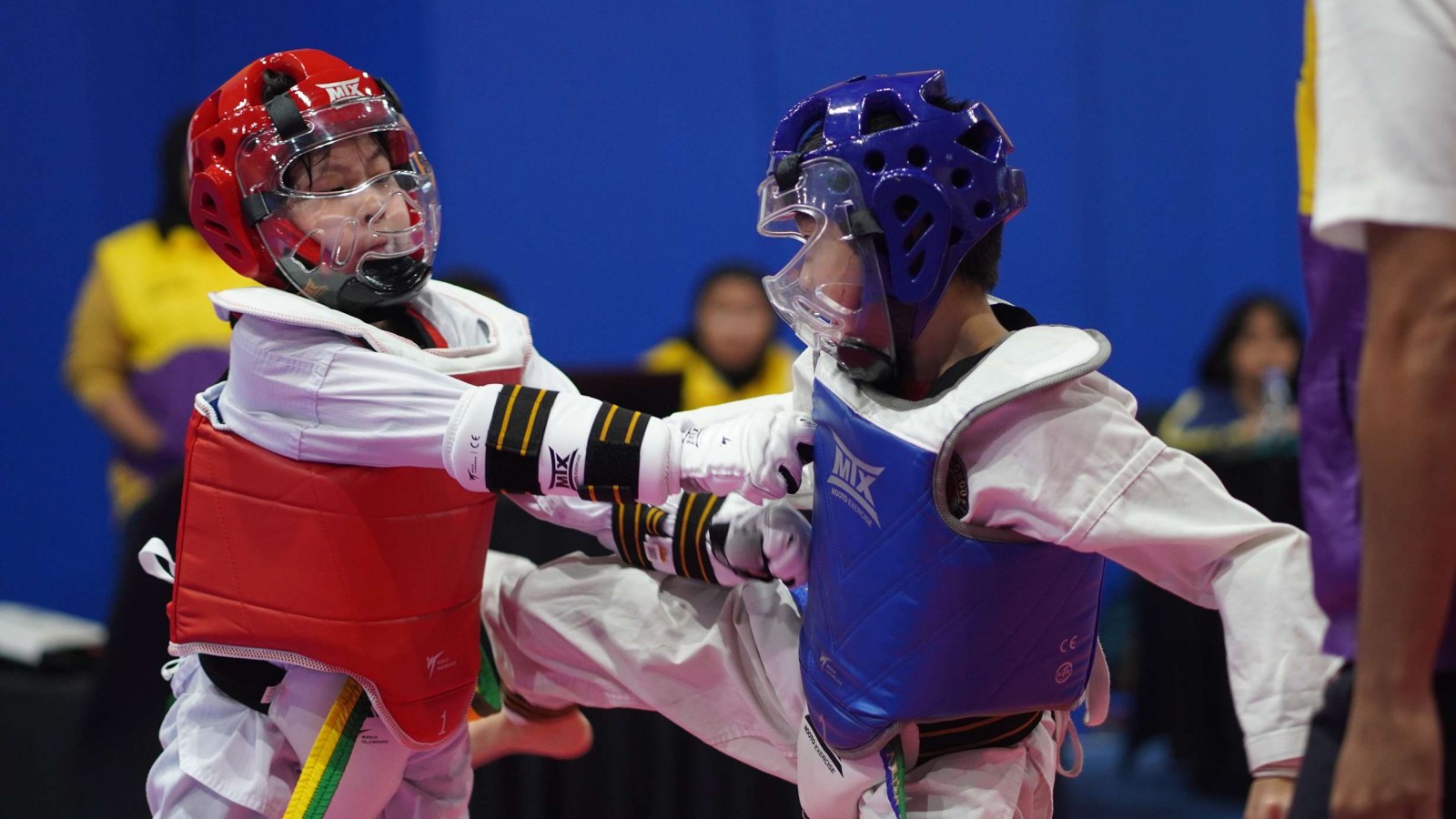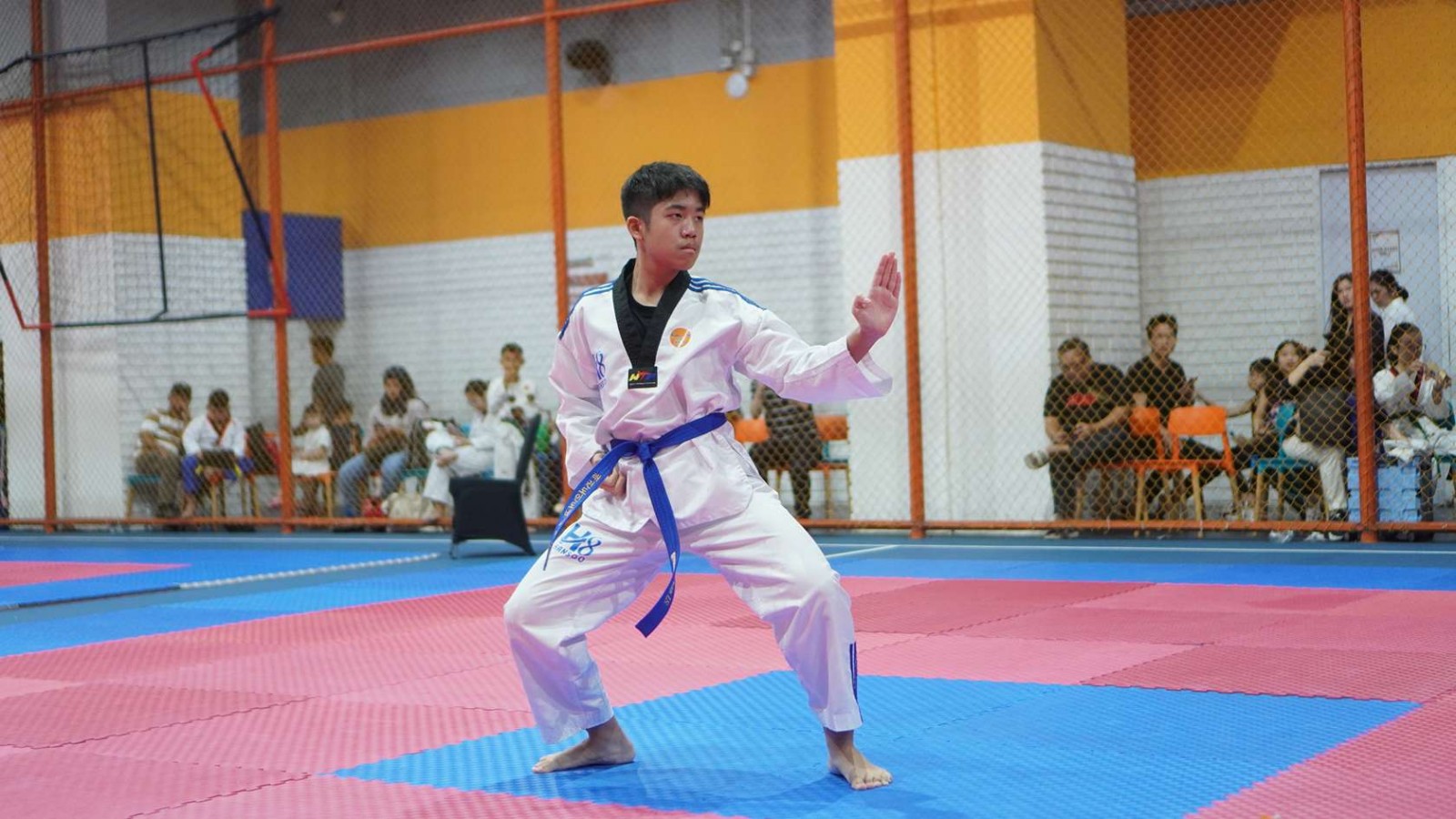Futsal Formation: Basic Principles and Formation Types

Futsal requires not only skillful players but also strategic thinking in futsal strategy, particularly when it comes to formations. Understanding futsal formations is essential for teams aiming to maximize their performance on the court.
This article will explore the basic principles of futsal formations, various formation types along with their pros and cons. We’ll also discuss how to execute these formations effectively, ensuring your team plays cohesively and strategically.
Basic Principles of Futsal Formation
Before diving into the various types of futsal formations, let’s look at some fundamental principles that guide their effectiveness:
A. Balance
A well-balanced formation ensures that the team is neither too defensive nor overly offensive. It allows for quick transitions between attacking and defending.
B. Spacing
Proper spacing among players is crucial. Players should maintain adequate distance from one another to create passing options while also closing down opponents during defense.
C. Movement
Players must be mobile, continuously shifting positions to confuse the opposition and create opportunities for scoring.
D. Team Cohesion
The formation should promote teamwork and understanding among players. Familiarity with each other’s movements enhances overall team performance.
E. Adaptability
Good formations can adapt to the game flow, allowing teams to shift strategies based on the opponent’s strengths and weaknesses.
Types of Futsal Formations
Futsal formations are essential tactical setups that help teams organize their players on the court. Each formation has its unique characteristics, advantages, and challenges. Here’s a deeper look at the main types of futsal formations, how they function, and their pros and cons:
1. The Diamond Formation
The diamond formation consists of four players forming a diamond shape on the court, typically with one goalkeeper, two defenders at the back, one midfielder, and one forward.
Pros:
- Provides solid defensive coverage with two players in the back.
- The midfielder can control the play and link defense with attack.
- The forward can create space and opportunities for scoring.
Cons:
- May become too narrow, making it easier for opponents to exploit the flanks.
- Requires high player fitness to maintain movement and support both defense and attack.
Execution Tips:
- Ensure the midfielder frequently checks back to help in defense.
- Encourage the forward to drift wide when necessary to stretch the opponent’s defense.
2. The Square Formation
In a square formation, four players are positioned in a square shape on the court, with one goalkeeper. Typically, two players are in the back, and two players are positioned further up the court.
Pros:
- Offers a strong defensive structure with two defenders close together.
- Allows for quick short passes among players, maintaining possession.
Cons:
- Can become too static if players do not move effectively.
- Might lack depth in attack unless players make runs beyond the square.
Execution Tips:
- Focus on quick, short passes to maintain possession.
- Encourage players to move into open spaces after passing to maintain fluidity.
3. The Pyramid Formation
The pyramid formation features one player at the top (forward), two players in the middle (midfielders), and one player at the back (defender), creating a pyramid-like shape.
Pros:
- Encourages offensive play with a clear focus on attacking through the top player.
- Midfielders can support both the attack and the defense, providing flexibility.
Cons:
- The single defender can be vulnerable to counter-attacks.
- Requires strong communication to ensure that defensive duties are fulfilled.
Execution Tips:
- The top player should constantly look for opportunities to receive the ball and shoot.
- Midfielders must stay aware of their defensive responsibilities and provide cover for the lone defender.
4. The "Y" Formation
In the "Y" formation, one player acts as the point of the "Y" (typically a forward), with two midfielders forming the arms of the "Y" and a single defender at the base.
Pros:
- Provides a strong attacking presence with a focus on creating scoring chances.
- The two midfielders can easily switch between offensive and defensive roles.
Cons:
- Can leave the defense exposed if the midfielders push too far forward.
- Requires excellent stamina and understanding among players to maintain effectiveness.
Execution Tips:
- The point player should be agile, capable of both scoring and creating plays.
- Midfielders should be instructed to track back quickly to support the defense when possession is lost.
5. The Wall Formation
Wall formation is characterized by players positioning themselves close together, often in a linear or semi-circular shape, creating a "wall" to obstruct the opponent's view or path to the goal. In its simplest form, the Wall Formation involves several players standing shoulder to shoulder, forming a barrier.
Pros:
- Effective blockage to obstruct direct shots on goal, forcing the opponent to either take a less favorable angle or attempt a different approach.
- A well-formed wall can intimidate the opponent, making them think twice before attempting a shot, particularly in crucial game situations.
- The wall helps protect the goal by covering specific angles and minimizing the goalkeeper's workload.
Cons:
- If players are not aligned properly or maintain poor spacing, gaps may form, allowing the opposing player to exploit these openings.
- The wall formation can become too passive if players remain stagnant, allowing the opponent to easily read their movements.
- If the wall formation is set up too far from the goal, it can leave players vulnerable to quick counter-attacks if the ball is played around the wall.
Execution Tips:
- Analyze the opponent’s shooting skills and tendencies. For instance, if a player is known for powerful shots, it might be beneficial to set up a more robust wall.
- Players should be trained to use their bodies effectively, bending slightly to reduce the risk of injury while still providing coverage.
- Players should be prepared to react to any quick plays or changes in the opponent’s strategy, adjusting the wall formation as necessary.
Which Formation Will You Try?
In conclusion, mastering futsal formations can be a game-changer for your child’s skills on the court. If your young athlete is ready to take their game to the next level, why not enroll them in the awesome futsal program at Rockstar Academy?
As the top Sports & Performing Arts Academy, Rockstar Academy is all about fun and growth through physical activity. Their dynamic curriculum gives kids the chance to participate in thrilling events like RockOlympics and Elite Championships, where they can showcase their individual talents while also teaming up for some friendly competition.
Our futsal program at Rockstar Academy is excited to introduce the Dream Team! This exclusive, competitive sports program is crafted to push student-athletes toward achieving their peak performance, both on the field and in life.
Open to boys and girls, Dream Team offers a 120-minute, high-intensity training session led by our most experienced professional instructors. Talented and driven athletes in the program not only sharpen their skills but also build a True Champion character through rigorous tournaments across Indonesia and internationally.
Plus, they’re rolling out the red carpet with a free trial class for anyone who wants to give it a whirl! So, what are you waiting for? Go contact Rockstar Academy today and kick-start their journey to success!
FAQ
What formation is best for beginners in futsal?
For beginners, the square formation is often recommended as it emphasizes short passing and maintaining possession, making it easier for players to understand teamwork and positioning.
How can we improve communication on the court?
Establishing key phrases or signals for different plays can help improve communication. Regularly practicing these signals during training will also help players get used to them in-game situations.
Can we switch formations during a match?
Absolutely! Many teams switch formations mid-game based on the situation. It's essential that players are aware of the new formation and understand their roles within it.



